Taking Digital Building to New Illustrative Heights
/Today, we’re republishing a feature on the creativity and illustrations of Felix Dyson. Revisiting this incredible work, we also want to share a link to their GoFundMe fundraiser as they fight some medical issues, if you are in a position to contribute. Article originally published March 23, 2021
Most digital LEGO builders strive to create realistic images of their models, working to produce renders indistinguishable from photographs taken of MOCs built from physical bricks. However, Felix Dyson (a.k.a. “3 !” on Flickr) continues to forge their own digital path. Join us as we learn how they leverage digital LEGO building tools to create the airships and other illustrations for their various webcomics. (How could we call ourselves Nerds without discussing comics!?)
A Quick Introduction to Digital Building
Digital building of LEGO models has become increasingly popular within the fan community in recent years, especially with digital rendering tools continuing to improve in quality. There are certainly benefits to building digitally; it’s fairly easy to swap out parts without needing a brick separator, to recolor models with a click of the mouse, to create gravity-defying structures, to have access to an unlimited assortment of parts, or even to create your own custom parts. For those interested in getting started, the Firestar Toys blog has a great write-up on all of the different digital building programs that are available today.
Younger readers may be surprised to learn that digital building has been kicking around since the 1990s. Australian James Jessiman was the pioneer in creating the first digital building app that LEGO fans could use. He created LDraw—and its extensive digital parts library—and then freely shared all of his efforts with the building community. (Sadly, James died in 1997 at the age of 26 from complications of influenza; something especially relevant to our current times.) In 2004, The LEGO Group released their own LEGO Digital Designer (LDD) tool for fan usage. In fact, one of my first MOCs coming out of my dark-age was a train that I designed using LDD, and then purchased the parts to build it via the now-defunct LEGO Design byMe program. These days, that type of integration of procuring physical parts to build digital creations is offered using the Studio program and its association with BrickLink.
With the increasing quality of image rendering programs, it can be difficult to distinguish if a model has been built digitally or out of physical bricks. This fact makes it all the more interesting that Felix Dyson has instead forged their own path with the digital images that they create, and has developed their own signature comic book style. I reached out to Felix to learn more about how they leverage digital LEGO building tools to create the illustrations for various projects.
A Chat with Felix
Ted Andes: Hey Felix, it is great to see you posting your artwork up on Flickr again! Seeing that your brand-new flying vessel (yet to be named) is preparing for its maiden voyage, I thought it would be the perfect time to reach out and do a feature of your work on BrickNerd.
Felix Dyson: Oh dang, that sounds lovely. Thanks for reaching out!
Ted: Jumping right in, what is the process that you use to create your artwork? Are you building first in LDD or Studio and then importing it to another program to create the hand-drawn artwork?
Felix: For the LEGO aspects, I always start with initial sketches in a notebook to work out the generalized design, then start building the model digitally. Afterward, I take the exported image file (from either LDD in the past or Studio these days because of the more in-depth rendering options) and drop it into Adobe Animate to do final linework and colors.
Ted: What first led you to that process? What are the benefits? Any short-comings?
Felix: Back in the early days of LDD, there weren’t really a whole lot of options to make your output look particularly good, especially with the old lighting engine and lack of real fine control over what the final product looked like. As a result, I began to experiment with how to make the presentation of my builds stand out more, and ultimately settled on combining my LEGO art with my digital art.
It wasn’t until later on when I was working on an early webcomic when I realized the process could also be used as a sort of pseudo-CAD to render complex three-dimensional geometry consistently, and eventually, it just became a standard part of my comics workflow. It’s definitely helped me keep things more consistent in my artwork when it comes to things like airships and the like, though obviously it’s not nearly as granular as using a proper 3D modeling program.
Ted: On your image of the “Transient Slipstream II” you mentioned that “it is an incredibly odd experience to try to reverse-engineer something I built in real life using LDD; usually it’s the other way around.” How often do you build in "real brick" what you create within the digital building tools (either before or after)?
Felix: I actually tend to design everything in LDD first. Nearly all of my brick-built stuff on my Flickr page starts digitally, and then I make BrickLink orders if it ends up being something that I really want to have in the IRLs (as kids say these days). Due to both financial and space constraints, I can’t really indulge in the hobby as much as I’d like to, so I find that working in the digital space is really convenient for me. I do still occasionally brick-build stuff with my meager collection, though that‘s very rare.
Ted: Did you build the VSS “Yet to be Named" (the top article image) In-Real-Life, and do you have any photos to share?
Felix: I wish! Sadly, this is probably one of those builds that will have to remain digital for the time being due to part count. This does bring up one specific issue with building primarily in digital then transferring that to brick; pretty much every time I’ve translated an LDD build to real life, I’ve had to make compromises and edits to the design to allow it to function since the digital space sadly does not simulate how any such build would be constrained by the laws of physics.
Ted: Argh, it’s always that darned Isaac Newton ruining everything with his gravity, though I know BrickLink is working on their physics engine. Do you happen to have any other work-in-progress images or illustrations you could share not found on Flickr?
Felix: Less work-in-progress and more a part of my comic that is also LEGO—but I never actually put the model on Flickr. Here is the standard Aurelian Legionary soldier:
Ted: Such a great aesthetic! Your webcomic that we have been alluding to is called “A Distant Sky.” Apart from freak winter storms in Texas, what have been the challenges of creating the webcomic?
Felix: I just hit the one-year milestone, and it’s definitely been a challenge keeping the comic updating on a consistent schedule over all that time! Obviously, the winter disaster here affected timely updates, but I also threw out my back one week in October which led to some delays. I’m proud to say that other than those two instances—and the fact that my software ate a project file for the first time in years the other day—I haven’t missed any updates!
Ted: Do you have any other art projects that you have been designing for, like your earlier space-corps recruitment posters, or has “A Distant Sky” been your main focus?
Felix: “A Distant Sky” is my primary focus these days, but I do have a little bit of past work as well. I actually do motion graphics and animation as a sometimes hobby, as well as write and sing parody music, all of which can be found on my YouTube channel.
Ted: We will have to check that out. Are there other people you have noticed who are integrating LEGO building and art that have inspired you or that you suggest we check out?
Felix: David Collins in particular stands out to me for his use of LEGO armatures blended with digital art for a very unique presentation. Great builder too!
Ted: Great recommendation. I remember seeing his colorful “melee hardsuits” at Brickworld Chicago with their accompanying illustrations displayed next to them. I think he even won the “Best Mech” award that year. As we wrap-up, is there anything else that you would like to share with our readers?
Felix: I will say it’s been an interesting road to get to where I am. I worked as a public-school teacher for five years before deciding to quit, due mostly to stress and administrative mismanagement on my campus. I had intended to just take a little time off and then resume my job hunt after I was refreshed, but one of my favorite webcomic artists (Abbadon of “Kill 6 Billion Demons”) announced that he was putting on an Original Character Tournament or OCT.
Having done comics before, I decided to throw my hat in the ring with the intention of seeing how far I could get, and then look for a job once I got knocked out. Instead, I found myself remembering how much I really enjoyed making comics before I had to stop it to pursue “a living” (incidentally, this is the same tournament that this design “Jade Rabbit” originated from). Ultimately, that tournament reignited my love for making comics, and it’s why I’ve been doing what I’ve been doing for the past year and change.
I might not be making as much money as I was before (and considering I used to work in public education that’s saying something), but I’m doing what I love, and as cliché as that sounds, that’s all that really matters in the long run. Pursue your dreams!
Ted: The mech model for the “Jade Rabbit Pierced the Void” is impressive! I especially like those “rocket ears” and its stance makes it look ready to take on all challengers. I can certainly see how that tournament rekindled your passion for creating comics.
Felix: If you’re curious about the tournament, you can read most of my comics with commentary for it here. (All of my comics without the commentary can be found here.) You’ll find quite a few instances of LEGO integration in them as well which was definitely something that caught the attention of the more eagle-eyed readers.
Ted: Thanks again, Felix, for taking the time to share with us! I’m sure our readers will enjoy viewing your work as much as I did and will appreciate all of the insightful information you’ve shared.
Felix: Thanks again for reaching out!
If you are inspired by Felix’s artwork, be sure to check out “A Distant Sky” (where at some point, the actual name of the VSS “Yet to Be Named” will finally be revealed… so stay tuned!). You can also help support their webcomics, artwork, and other projects on their Patreon page.
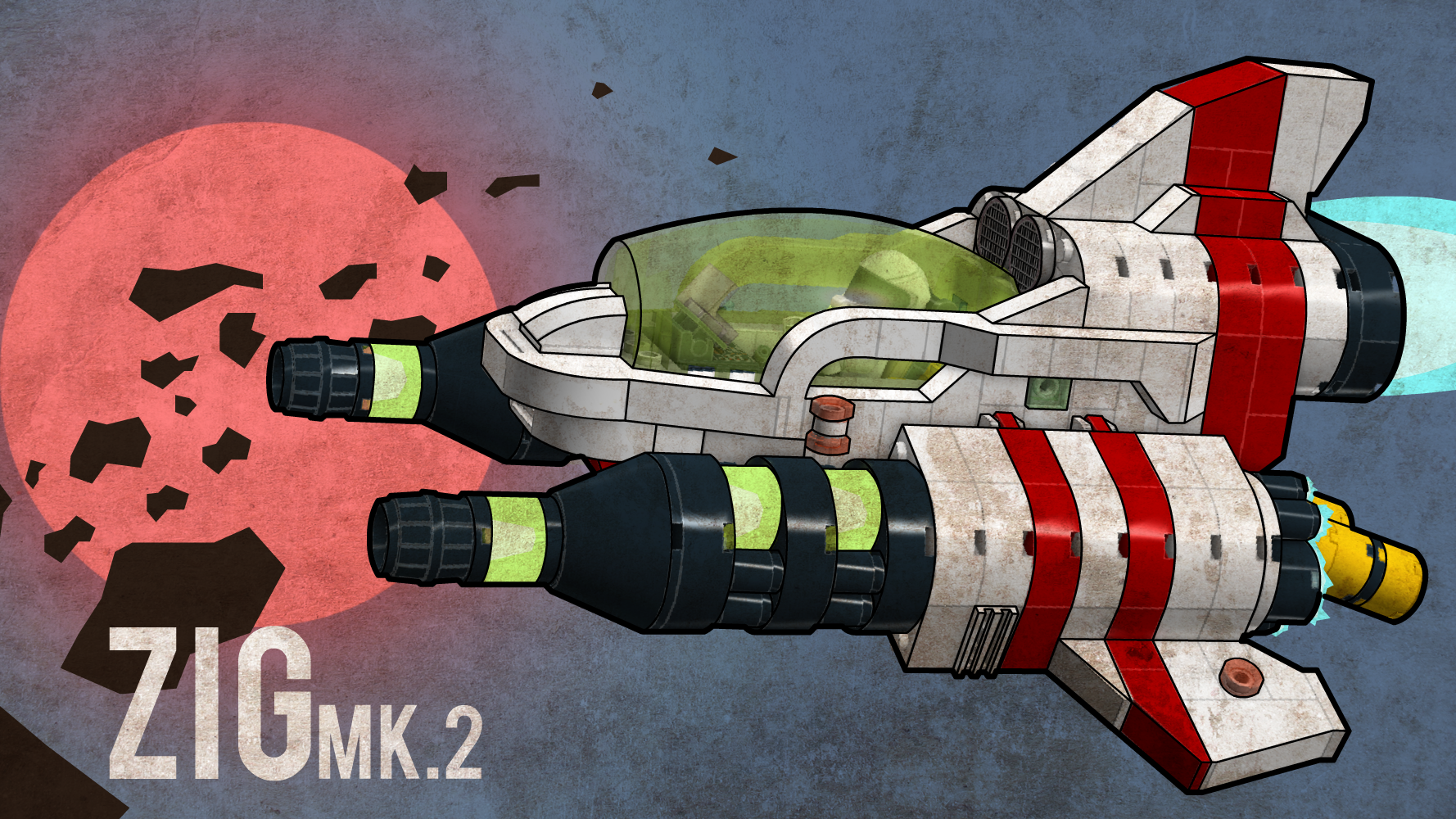
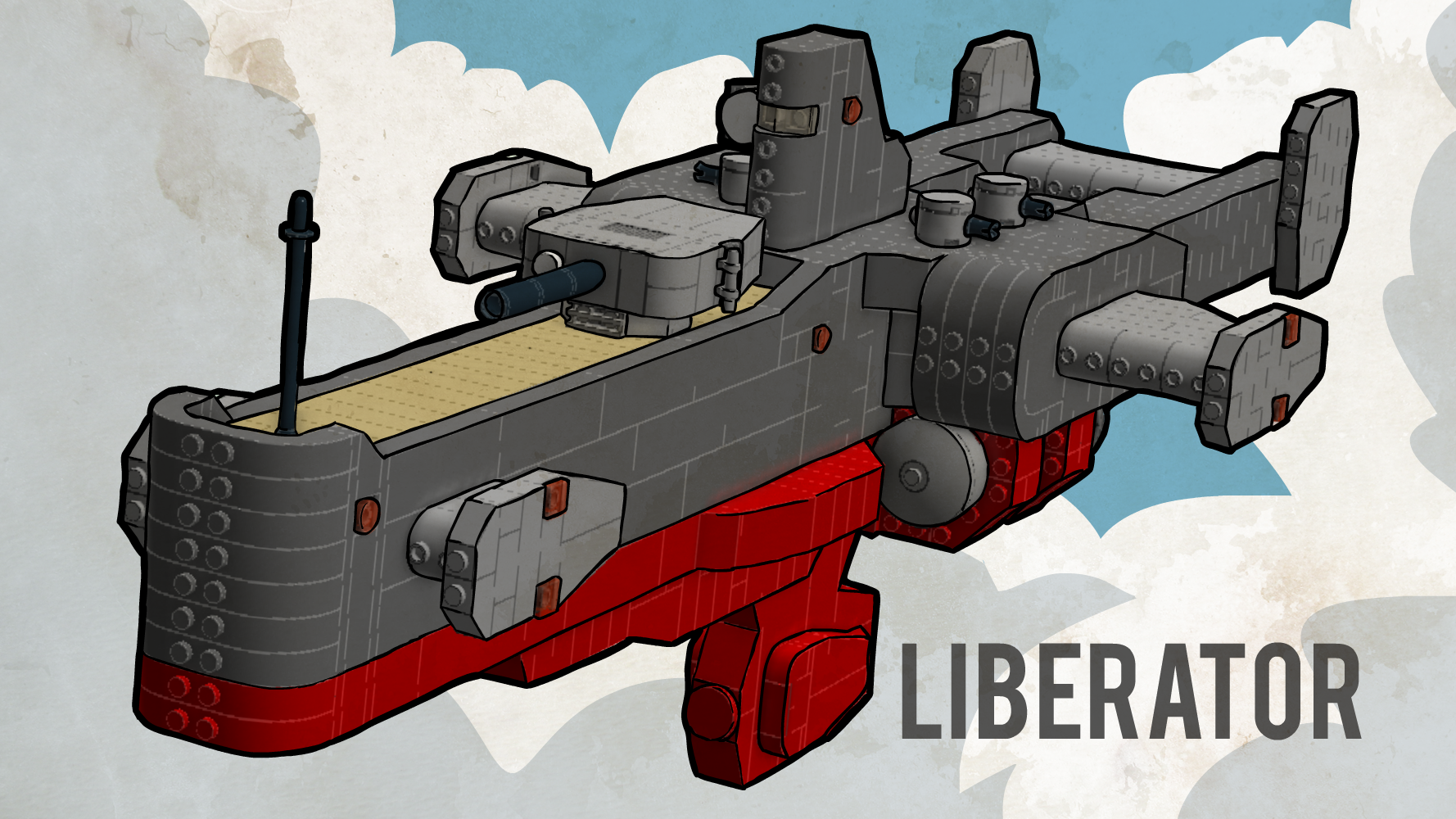
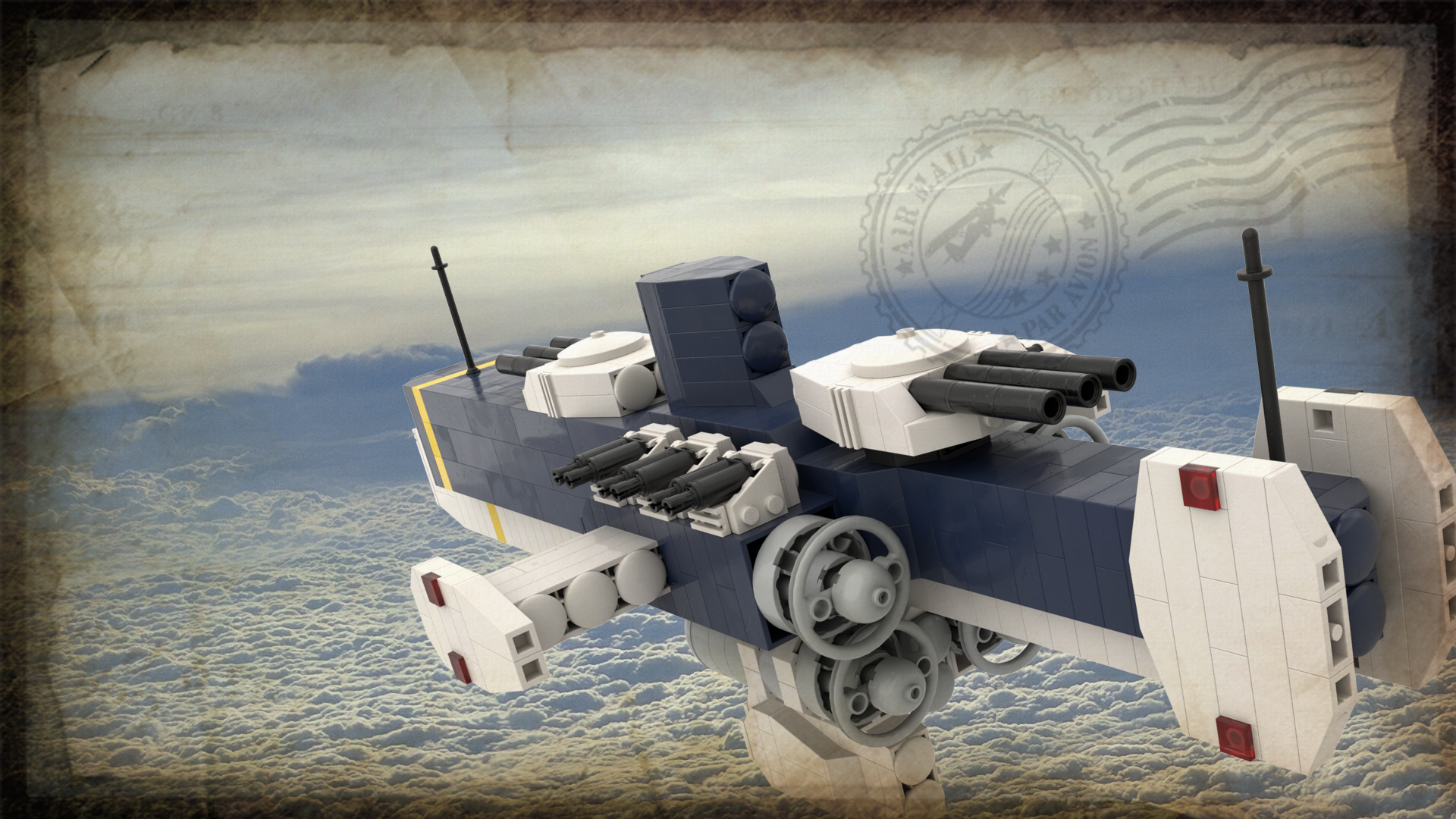

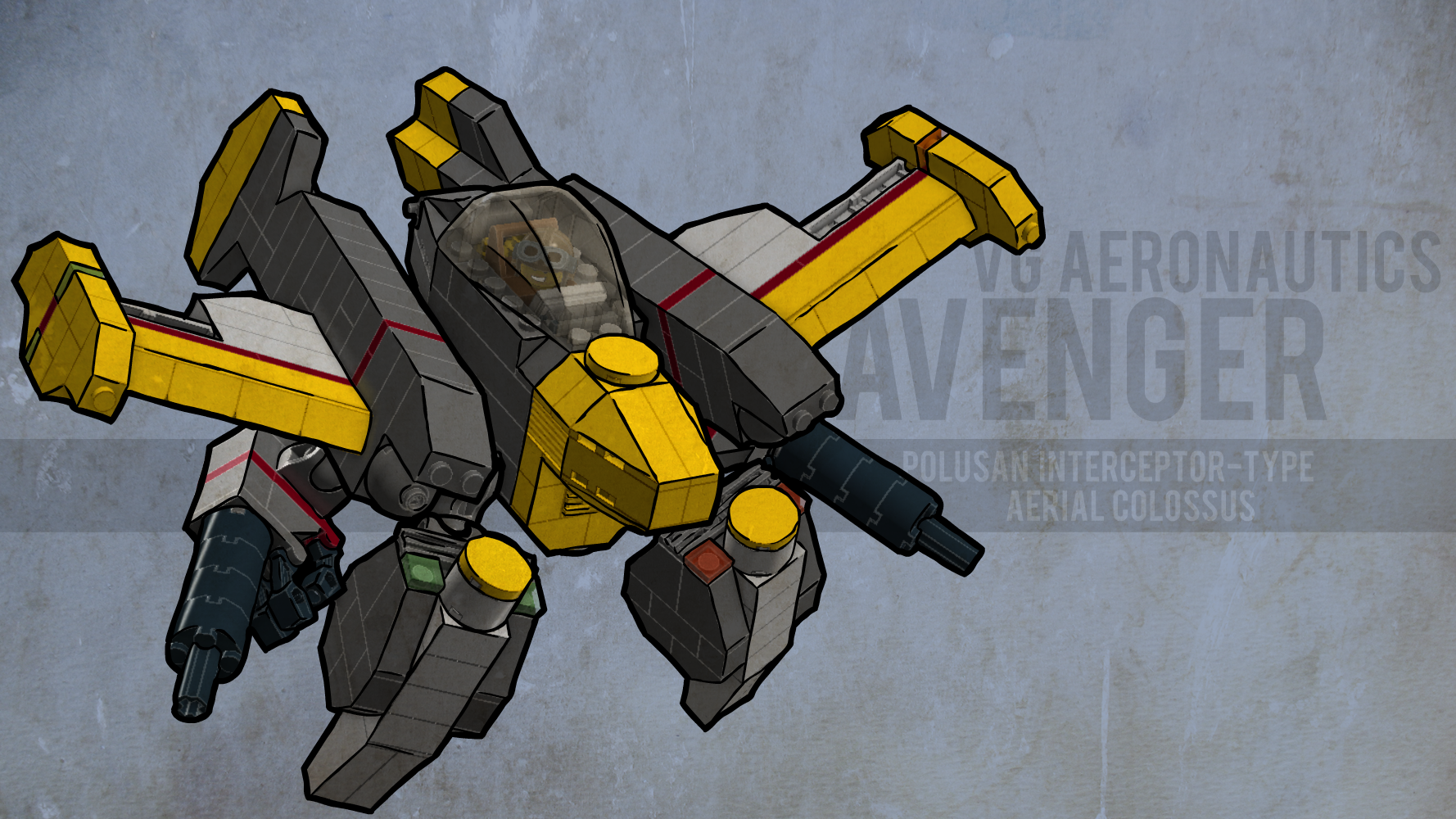
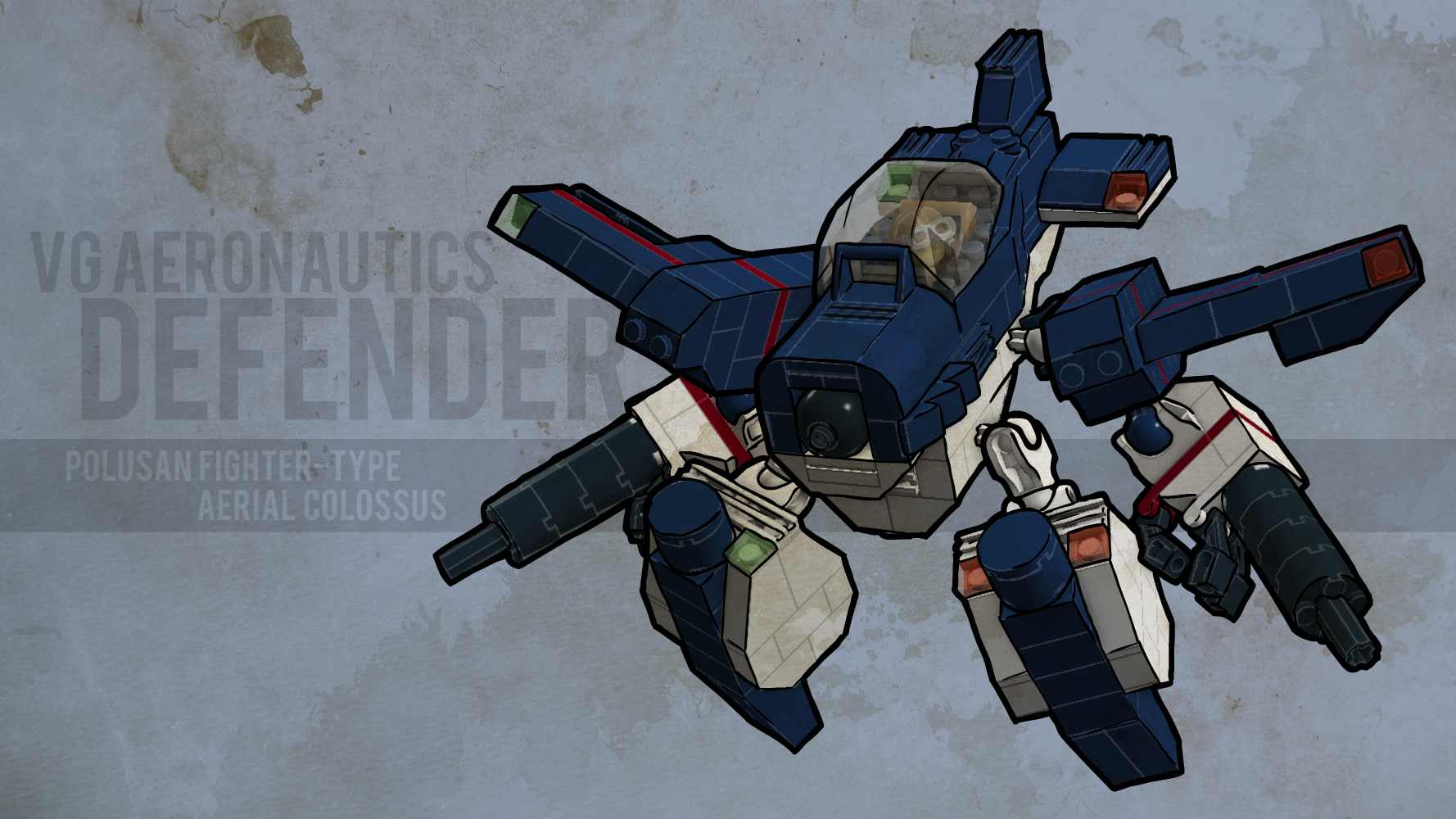
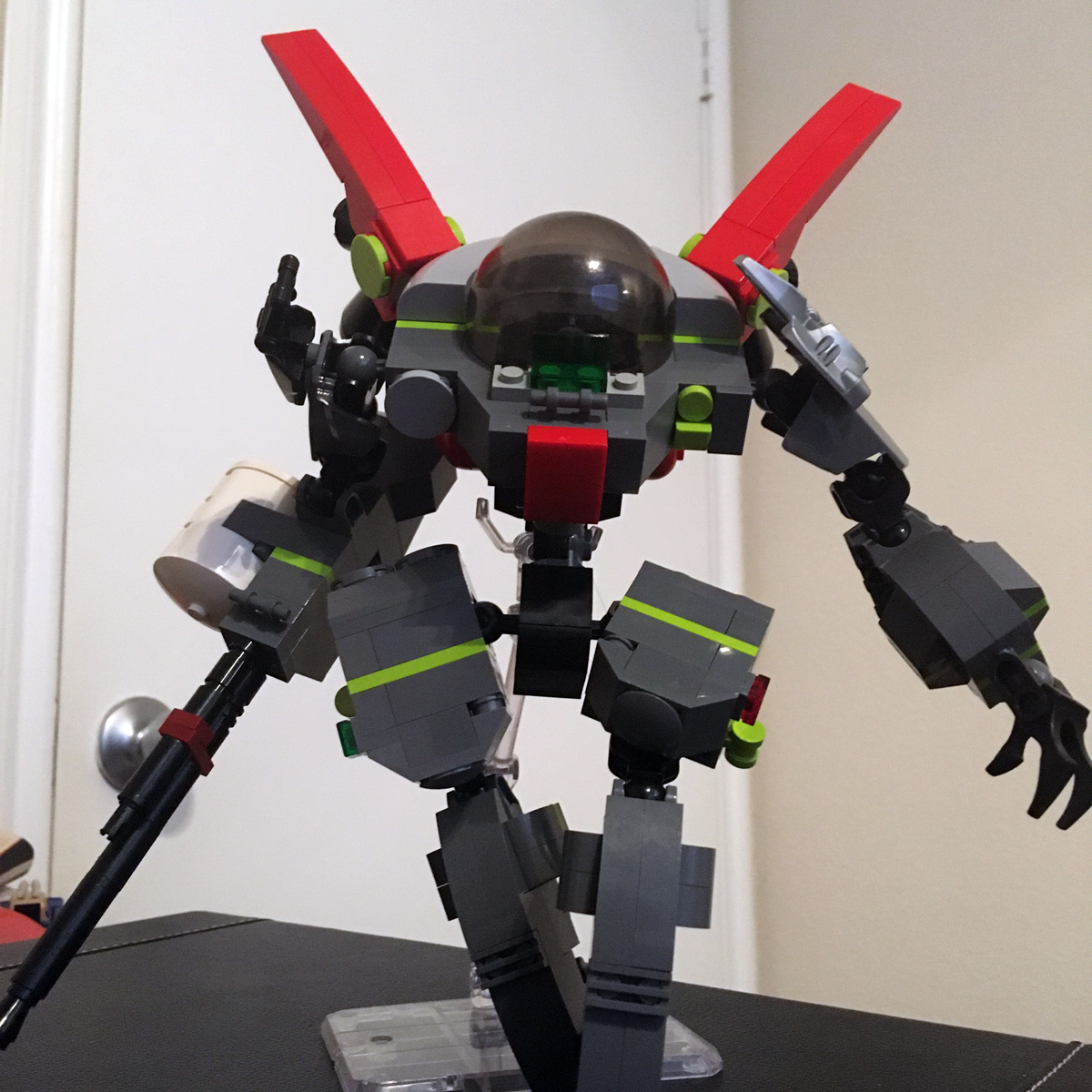
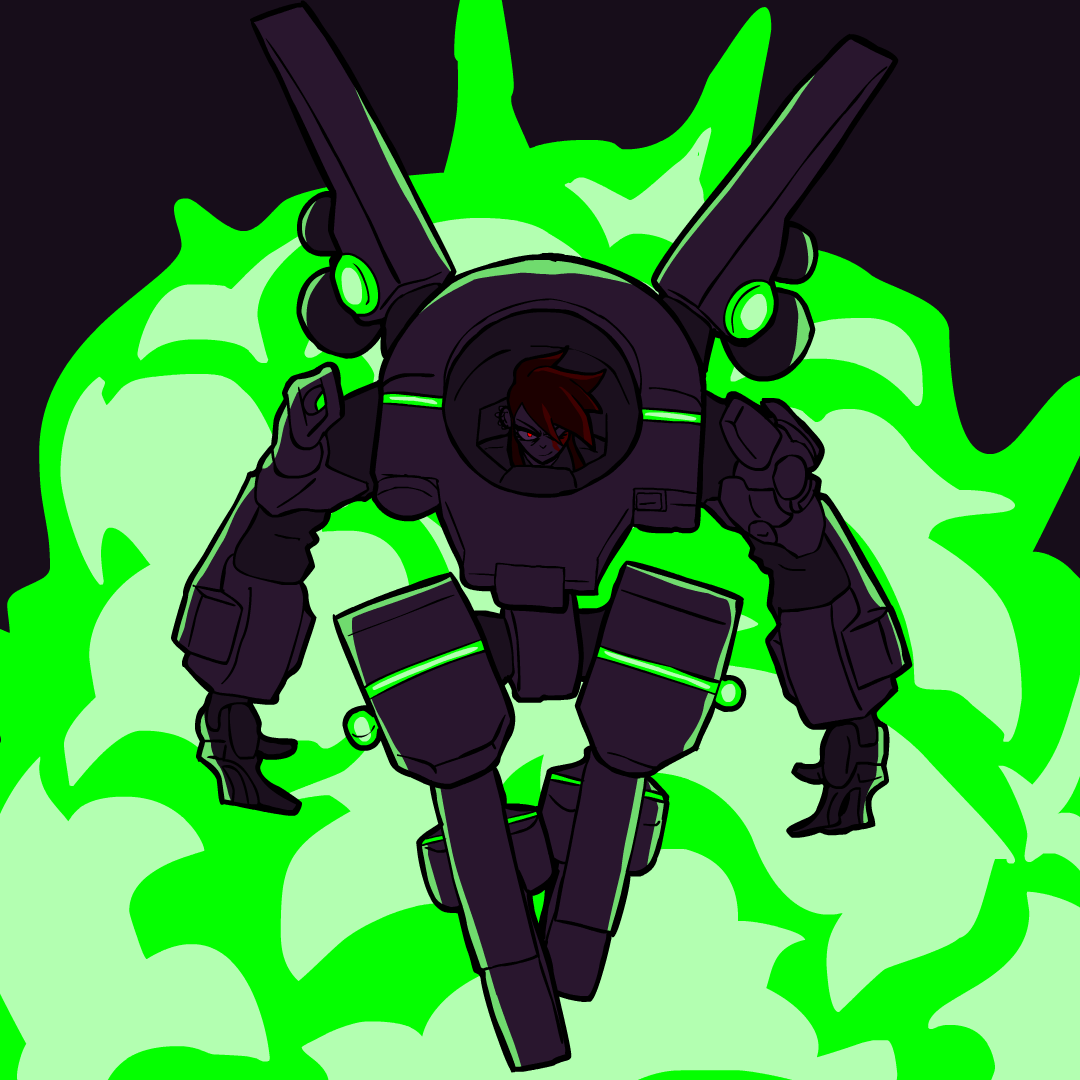
Have you ever used LEGO in artwork? Do you enjoy any other LEGO-related illustrators? Let us know in the comments below.
Do you want to help BrickNerd continue publishing articles like this one? Become a top patron like Charlie Stephens, Marc & Liz Puleo, Paige Mueller, Rob Klingberg from Brickstuff, John & Joshua Hanlon from Beyond the Brick, Megan Lum, Andy Price, Lukas Kurth from StoneWars, Wayne Tyler, Monica Innis, Dan Church, and Roxanne Baxter to show your support, get early access, exclusive swag and more.























